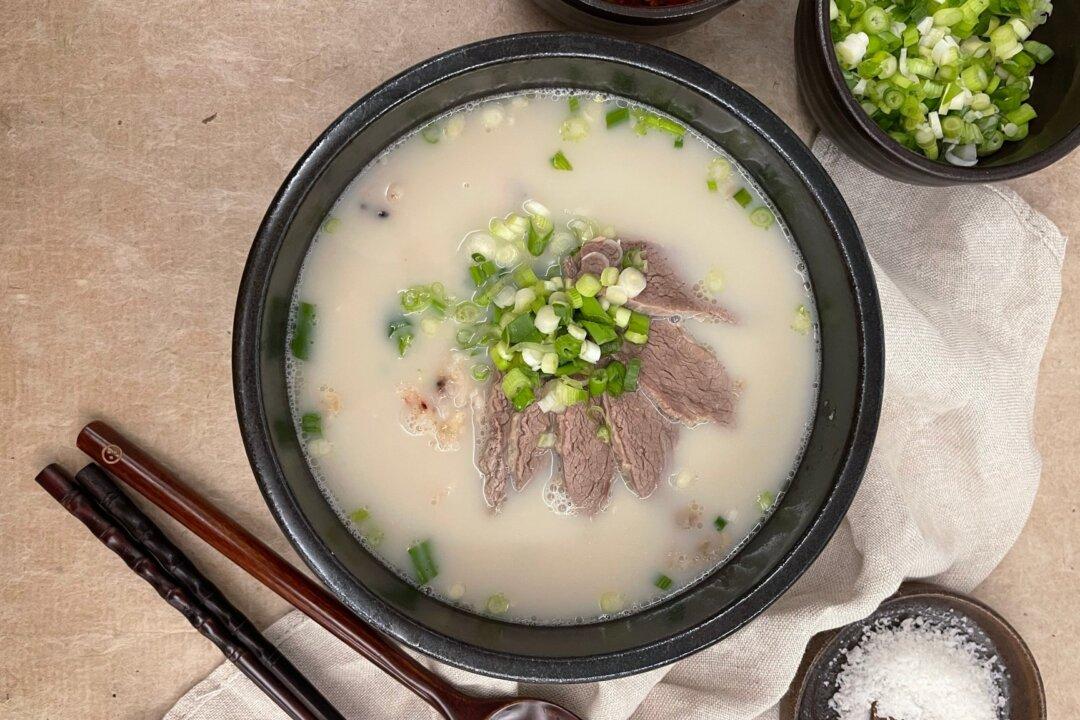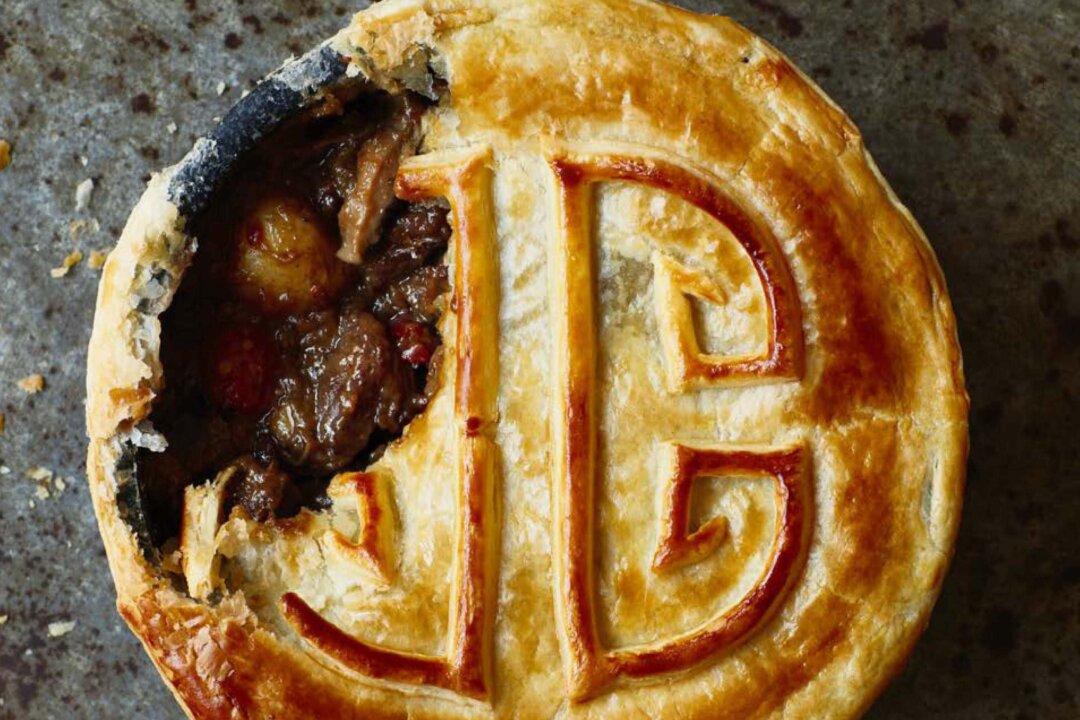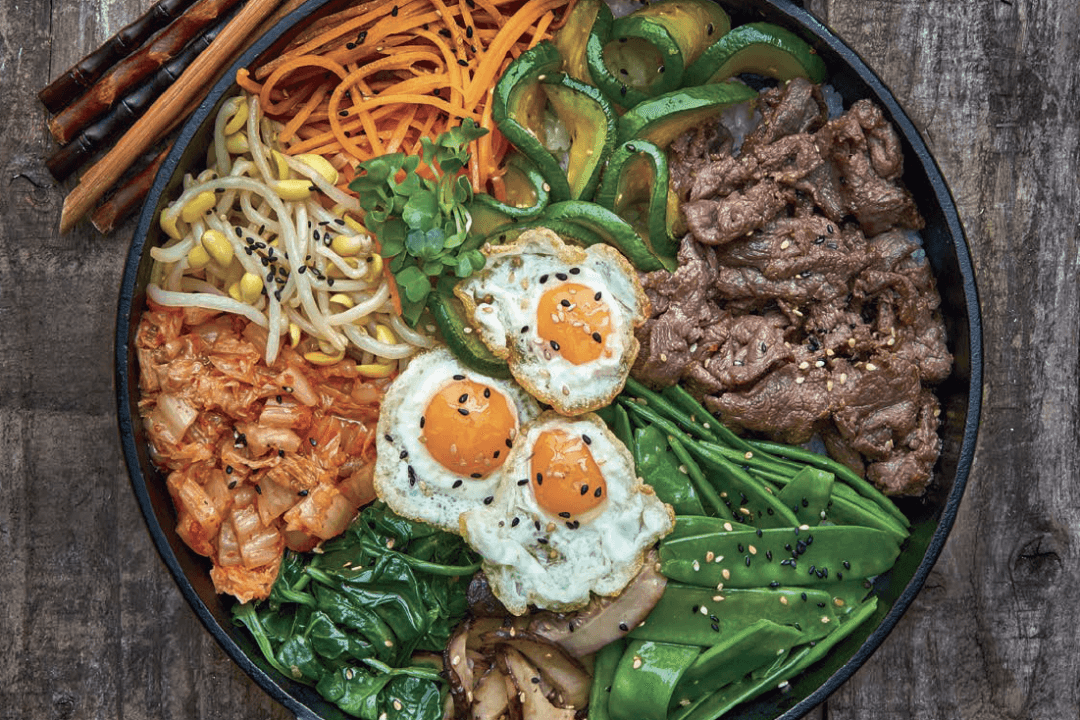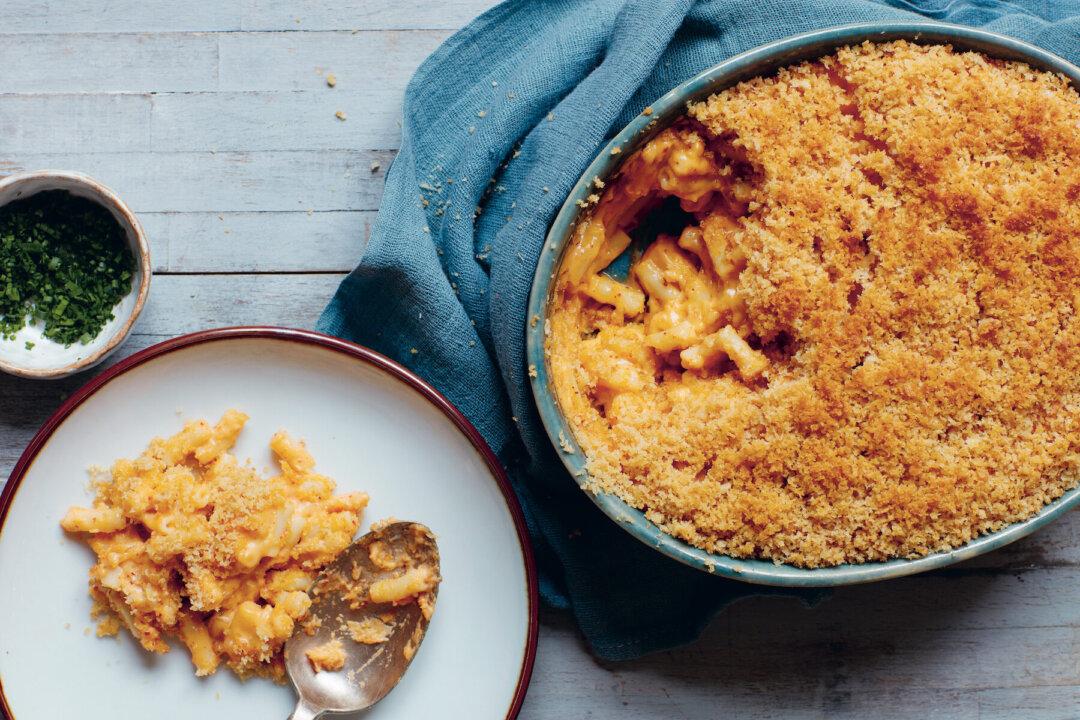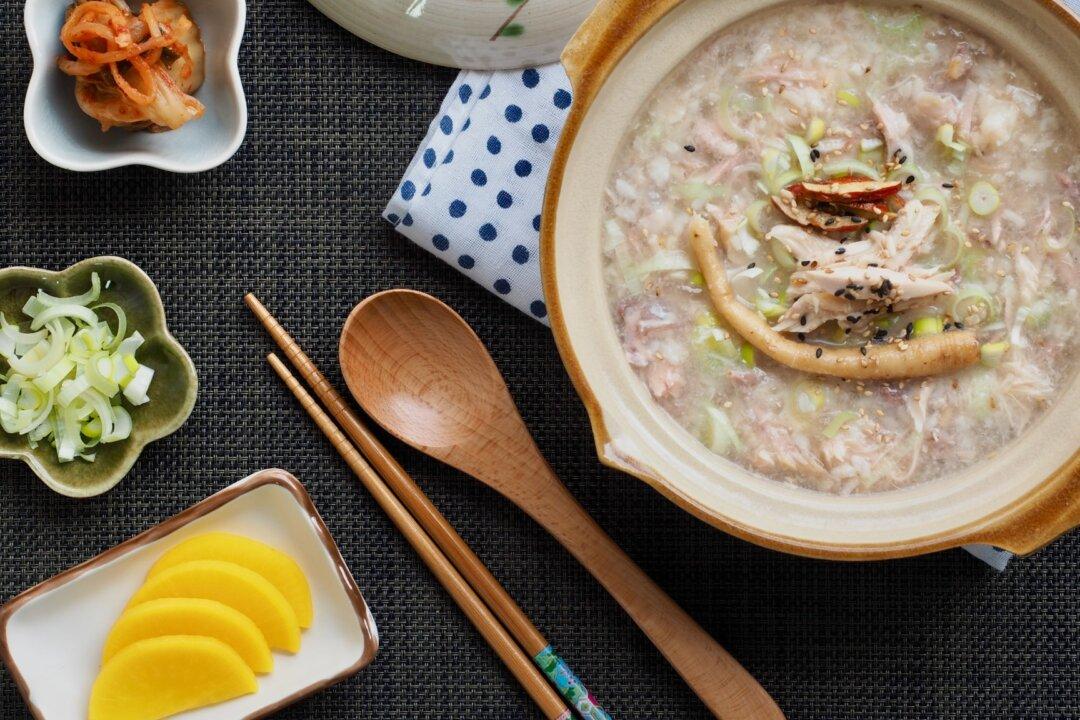A proper seolleongtang requires boiling beef bones for at least 10 hours, with constant babysitting to skim impurities, add water, and maintain the right heat. Still, it’s a worthy endeavor, as you can make a big batch to freeze and enjoy time and time again.
I was eager to use Mr. Choi’s winning formula of cow’s feet and knuckles, but found that it can be very hard to source these types of bones at non-Asian butchers. Thus, I had to settle for using oxtails and marrow bones. The oxtails add some meat into the broth, and are not traditional, but it was still a successful combination.

